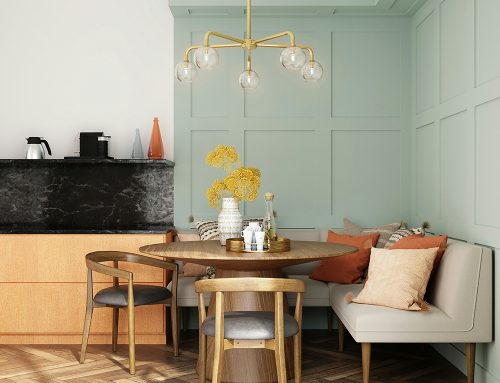In the Wylde blog this week we’re looking at how AI and emerging tools can support more intelligent, sustainable design. Let’s face it, it’s not going anywhere! AI is one of the most talked-about technologies right now—and while it offers huge potential, it also raises important questions. As designers focused on people, purpose and planet, we believe in approaching AI with both curiosity and caution.
Used mindfully, AI can help us design better spaces. It can optimise layouts based on daylight, usage patterns and energy flow. It can analyse materials and suggest low-impact alternatives, or flag where reusing existing structures makes more sense than building new. For interior architecture, this translates to more efficient, adaptable spaces with reduced waste and a lighter environmental footprint.
AI can also help streamline time-consuming tasks in the design process—like data analysis, spatial modelling or producing multiple iterations—freeing up more space for human-led creativity. It offers designers the chance to focus on what really matters: the emotional, sensory and human aspects of a space that no algorithm can replicate. In this way, AI becomes a tool to enhance design thinking rather than replace it.
However, we can’t ignore the environmental cost of AI itself. Large-scale AI systems require vast amounts of energy to operate and maintain. The sustainability of these tools depends on how, and how often, we use them. This is why we advocate for a considered approach—one that weighs the environmental impact of digital tools alongside their benefits.
At Wylde, we see AI not as a silver bullet, but as one of many tools that can support sustainable interior architecture when applied responsibly. We’re excited by its ability to uncover efficiencies, support circular design principles, and bring smarter solutions to the table—but only when aligned with our values of sustainability, creativity and human experience.
Ultimately, the future of interior architecture isn’t about tech for tech’s sake. It’s about using the right tools to make better choices—for people and for the planet. With thoughtful application, AI has the potential to contribute to this future, helping us create interiors that are not only smarter, but genuinely more sustainable.






